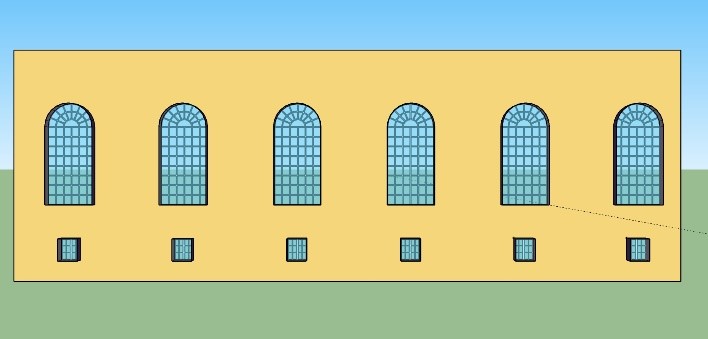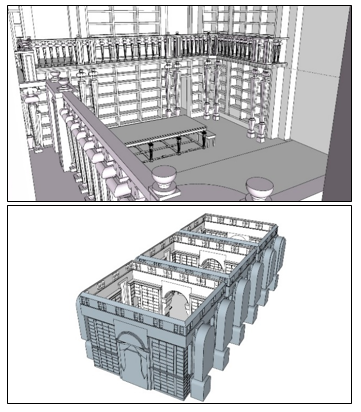Radiance Convergence - Simulation parameters
Dear all, I have been following your topics about the results convergence due to Radiance Monte Carlo method. At the same time, I have been working in a complex geometry (too many details) and from previous results, I have achieved variations of 30 % for 5 simulations using the following parameters in rcontrib (based on OpenStudio code):
type maps\Estante1.map | rcontrib -ab 10 -ad 65536 -as 512 -dj 1 -dp 1 -dt 0 -dc 1 -lw 1.52e-05 -I+ -fo -e MF:4 -f reinhart.cal -b rbin -bn Nrbins -faa -o matrices\Estante1.vmx -m skyglow octree\model_ill.oct
However, I would like to increase convergence. The model is taking more or less half-hour to finish and time is not a major issue. I would kindly ask your contribution since due to the great number of setting parameters, I am struggling in the definition of those. I am running now a simulation based on the topics that found here in unmethours (increase -ab, -ad and decrease -lw):
type maps\Estante_1.map | rcontrib -ab 20 -ad 262144 -as 1024 -dj 1 -dp 1 -dt 0 -dc 1 -lw 0.38e-05 -I+ -fo -e MF:4 -f reinhart.cal -b rbin -bn Nrbins -faa -o matrices\Estante1.vmx -m skyglow octree\model_ill.oct
Thank you in advance, Best regards, Nuno Garcia Saraiva



 .
.



